If You Like Potatoes, You Must Try...
These lesser-known foods taste a lot like the ones you love—but they're even healthier, tastier or more versatile.
By Lynn Andriani
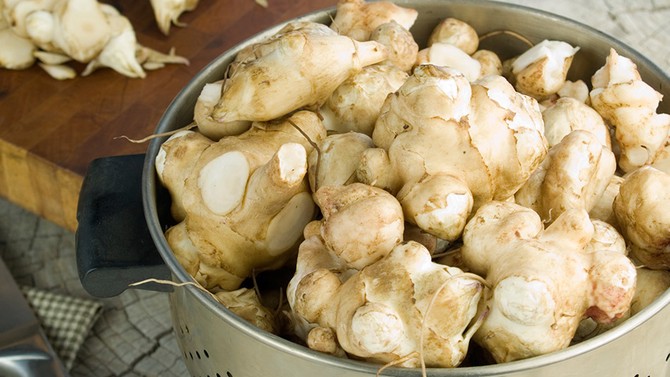
Photo: Thinkstock
If You Like Potatoes...
Try Jerusalem artichokes. Alternately known as sunchokes, these vegetables look nothing like the artichokes we're used to; they are actually tubers, which puts them in the same family as potatoes. They have double the fiber of spuds, though, and a whopping 400 times more thiamine (vitamin B1). You can cook Jerusalem artichokes the same way you'd make potatoes: roasted, sautéed, baked or boiled. Tricia Williams, a nutritionist and founder of the food and nutritional counseling service Food Matters NYC, roasts them at 400 degrees with oil and thyme, and eats them as a side dish. Or try dipping the cooked "chips" in guacamole or hummus.
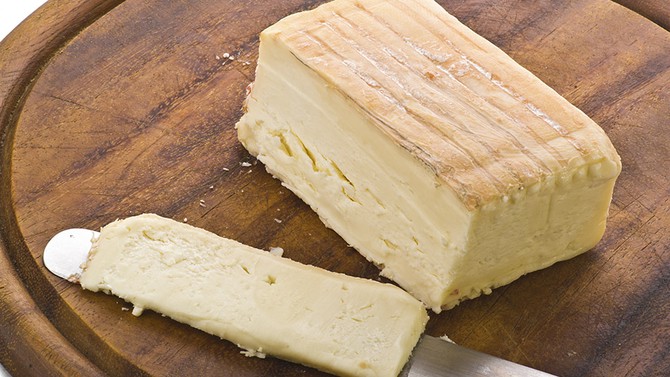
Photo: Thinkstock
If You Like Fontina Cheese...
Try taleggio. Fontina is delicious on its own and melts nicely (it's great in frittatas). But taleggio is just as creamy, and tastes richer, with a more complex flavor. It's from the Lombardy region in Italy (home to Milan), and Italian food expert Fred Plotkin says the herbal cheese is perfect for snacking on with pears (particularly red ones, such as Comice, which have a soft, juicy texture). He also recommends steaming a bulb of fennel, cutting it in half, sprinkling it with shredded taleggio and placing it under the broiler until it bubbles. The soft cheese and sweet, tender vegetable are an unbeatable combination.
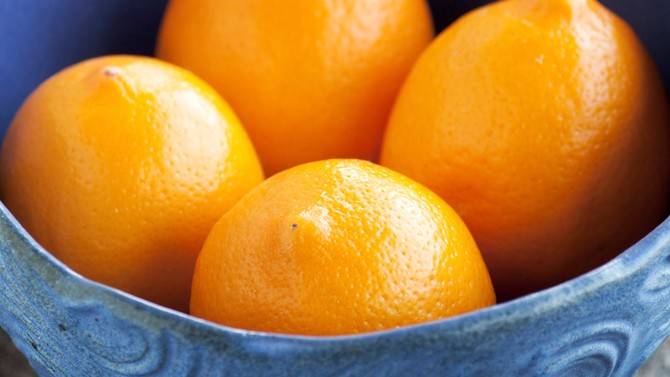
Photo: Thinkstock
If You Like Lemons...
Try Meyers. You've probably seen recipes call for Meyer lemons, and if you're like us, you've completely skipped over the word "Meyer" and used regular lemons. Which is fine—except that once you taste a Meyer, which may be related to the orange or mandarin, you'll understand why recipes suggest them. They're sweeter and lower in acid, with a taste that's a little less bracing and slightly more floral. A squirt can transform everything from a piece of fried flounder to a glass of seltzer into something brand new.
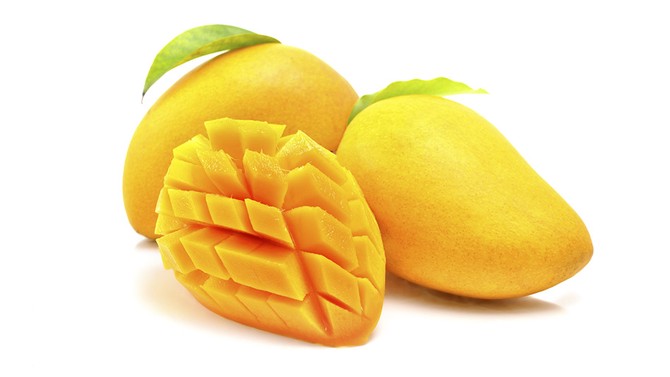
Photo: Thinkstock
If You Like Pineapples...
Try ataulfo mangoes. Tropical fruits can require a fair amount of work—there are tough skins to remove, giant pits to cut around—but the sweet payoff makes them worthwhile. And if you love the taste of pineapple, you'll fall for ataulfo mangoes, which are one of the most sugary (in a good way) mango varieties. They also have a very small seed, so there's a higher flesh-to-seed ratio than with regular mangoes. They're available from March to July; you'll know the fruit is ripe when the skin is a deep golden color and has small wrinkles.
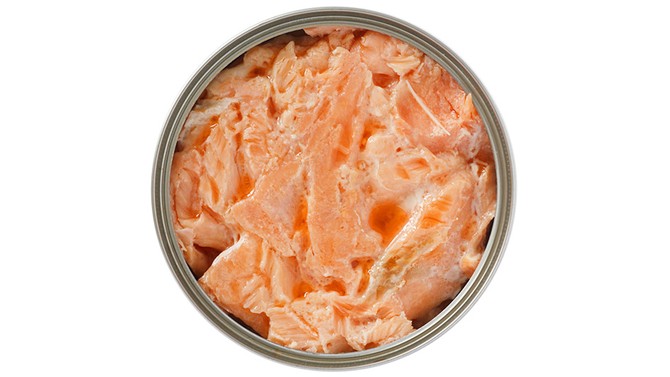
Photo: Thinkstock
If You Like Canned Tuna...
Try canned salmon. Salmon works nearly every place tuna does—piled atop salad greens, tucked into a pita with lettuce and tomato, tossed with pasta—but it's even more versatile. Fish cakes are one fabulous use; chowders are another. Plus, canned salmon is much lower in mercury than tuna and more sustainable fishing methods are used to catch it.
Published 04/29/2014

